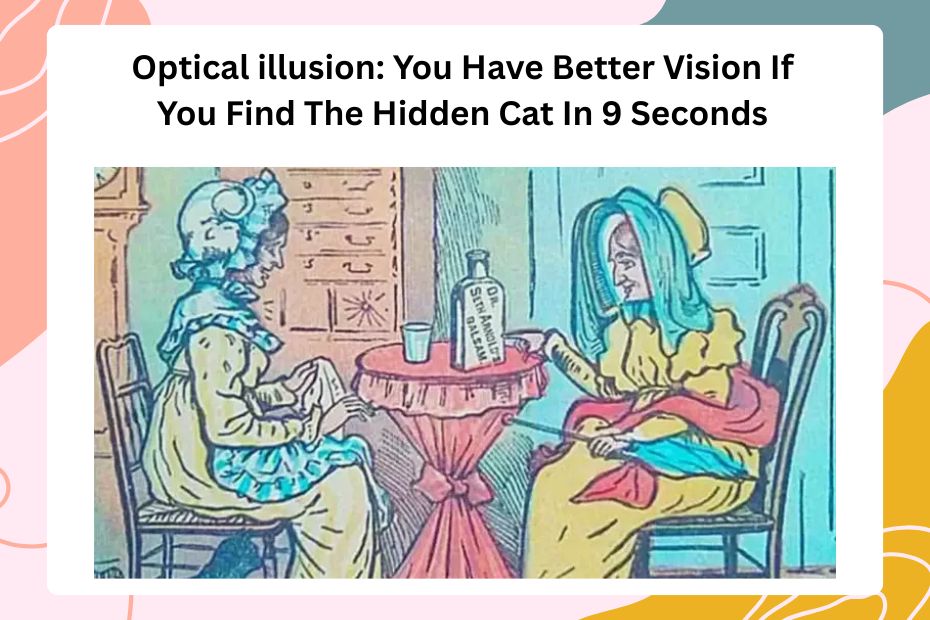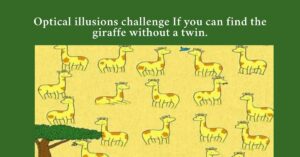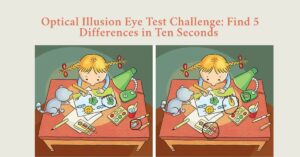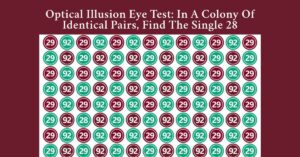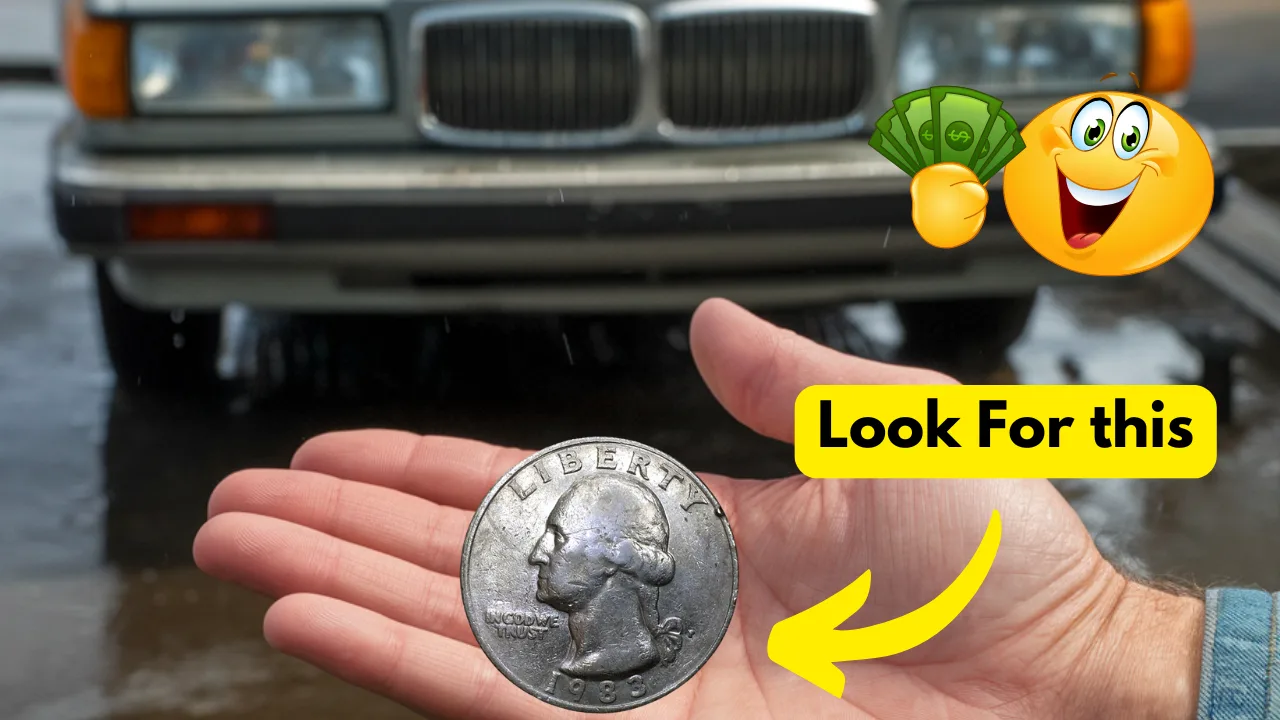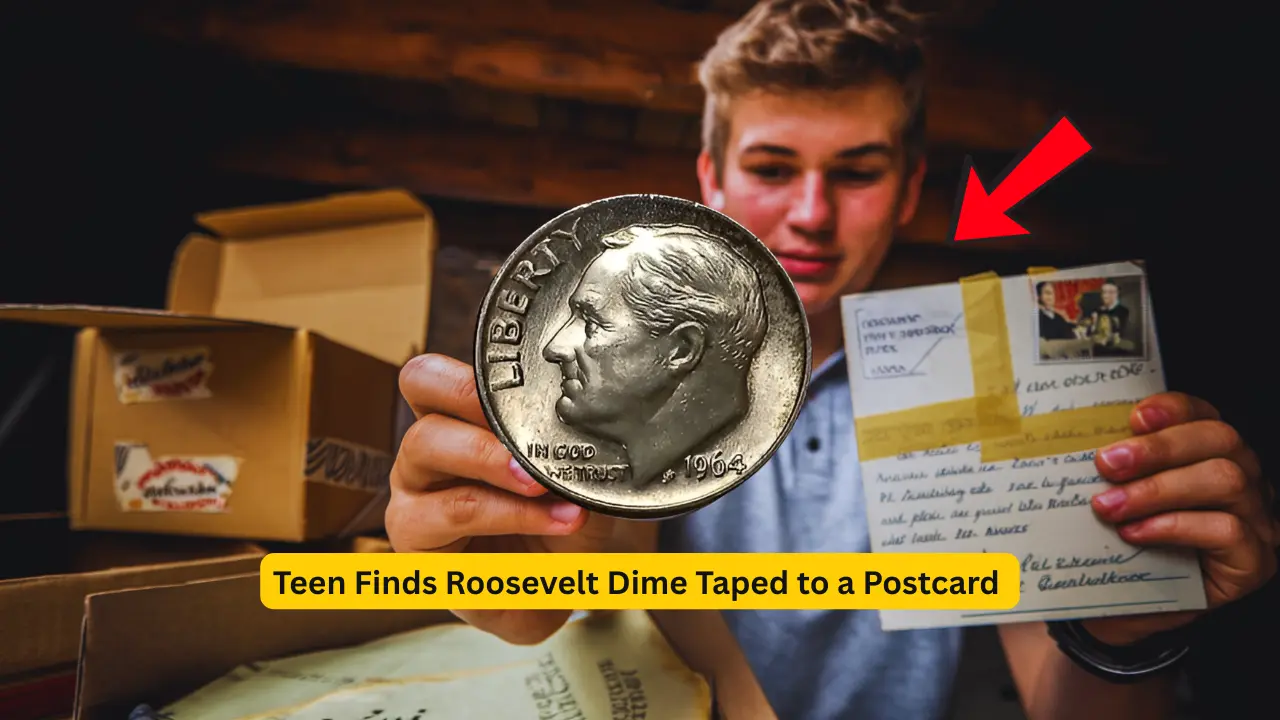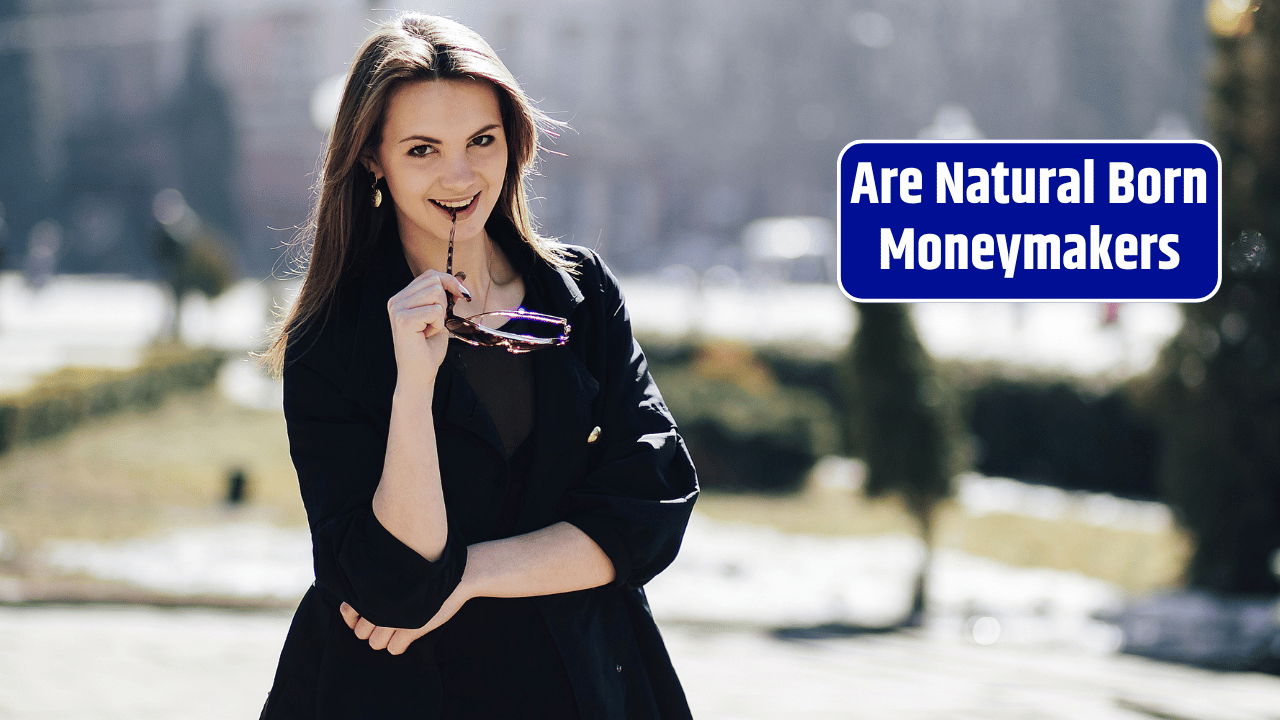Think you’ve got eagle eyes? This optical illusion puzzle claims that only people with superior visual perception can find the hidden cat in just 9 seconds. It’s more than just a fun visual challenge—it’s a serious test of your focus, pattern recognition, and attention to detail.
Let’s see if you can beat the clock and prove your powers of observation!
Find The Hidden Cat

Examining the optical illusion closely and finding the hidden Cat in the scene shown in the picture is your task for this test. The only person who could find the hidden cat would be a ceptionally bright person.
There is a time limit, which adds a little excitement. Put your timer on for nine seconds. Within this time limit, you have to find the cat concealed in the optical illusion.
Hint

Don’t be discouraged if you were unable to identify the optical illusion’s hidden cat. Many people find it difficult to complete this work in the allocated time.
I’ll give you a hint: pay attention to the women’s attire.
Let’s examine the solution in more detail if, even after the given suggestion, you’re still not sure where the secret is.
Why It’s Good for Your Brain
Challenges like this aren’t just social media fun—they come with real cognitive benefits:
- Sharpens Focus – You must eliminate distractions and concentrate quickly.
- Boosts Visual Memory – Your brain stores what it sees and tries to match patterns rapidly.
- Trains Pattern Recognition – Helps your mind differentiate between subtle shapes and textures.
- Improves Reaction Time – Working against a time limit sharpens mental reflexes.
- Reduces Cognitive Fatigue – Fun brain puzzles can act like a refreshing workout for your mental muscles.
The Explanation: How Illusions Like This Work
Our brains are wired to spot familiar shapes like faces or animals—but when those shapes are intentionally blended into complex scenes, we fall for visual deception.
This puzzle uses camouflage and background merging, techniques where an object (like a cat) shares similar colors, lines, and lighting with its surroundings. The brain assumes it’s just part of the scenery unless you’re actively scanning with purpose.
That’s why you may miss the cat at first glance—your brain is filtering out what it thinks is unimportant!

